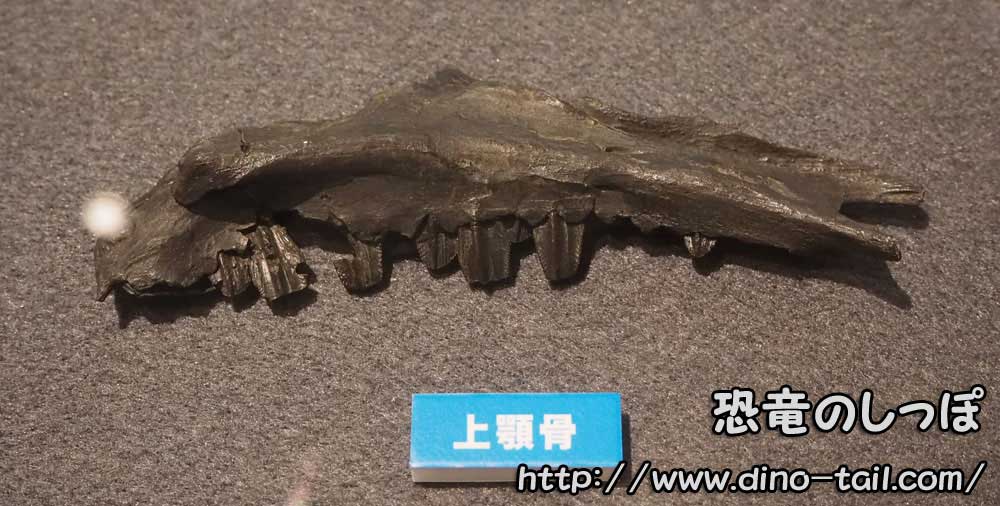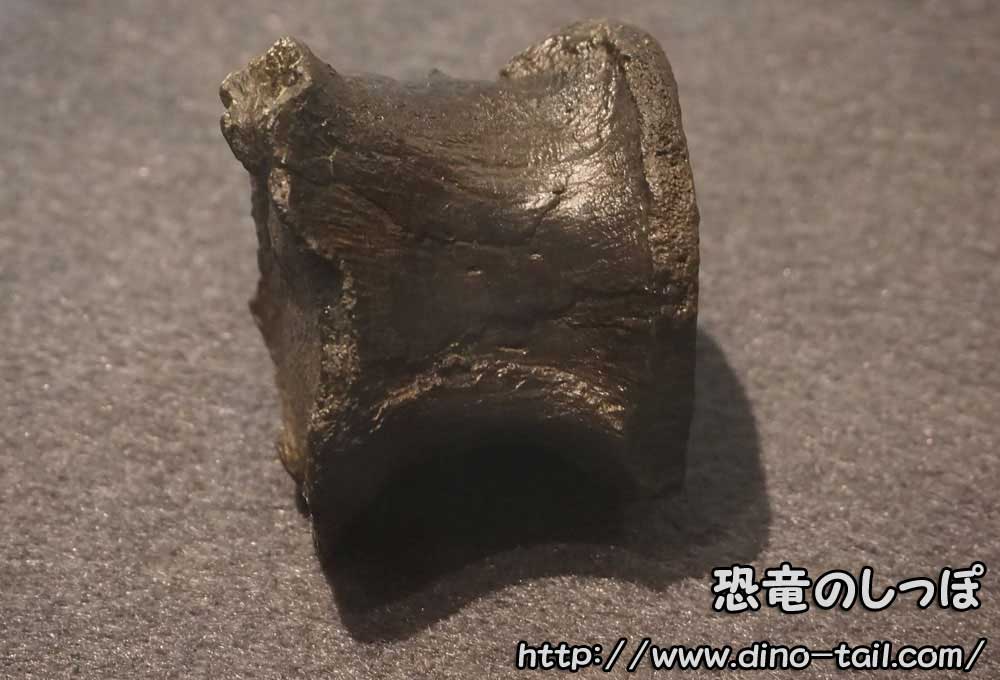Scientific Name "Koshisaurus katsuyama" - An Iguanodontian from Katsuyama, Fukui
Published:
An iguanodontian fossil excavated in 2008 from the Tetori Group (Early Cretaceous) strata in Katsuyama City, Fukui Prefecture, has been identified as a new genus and species.
The electronic edition of a New Zealand academic journal has published the scientific name of this iguanodontian as "Koshisaurus katsuyama".
The "Koshi" in the scientific name comes from "Koshi no Kuni," the old name for the Hokuriku region where it was discovered.

169 x 31.2 x 48.5mm

44.6 x 53.2 x 47.0mm
The discovered fossils include a right maxilla with remaining teeth, neck bones, dorsal vertebrae, and a femur. They were excavated from an area two meters square.
Observation of the growth lines in a cross-section of the femur estimated it to be a "three-year-old juvenile."
Fukuisaurus, described in 2003, is another well-known iguanodontian discovered in the same city of Katsuyama, Fukui Prefecture.
Koshisaurus differed in features of the jawbone and other characteristics.
The excavation of two types of iguanodontians from the same strata "confirmed the diversity of dinosaurs that inhabited Fukui Prefecture during the Early Cretaceous."
